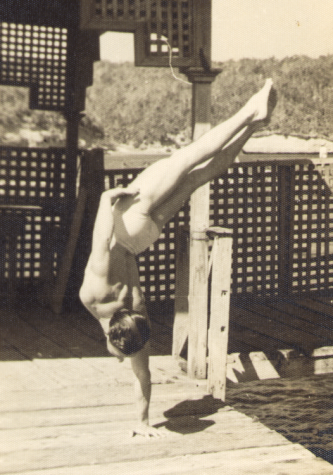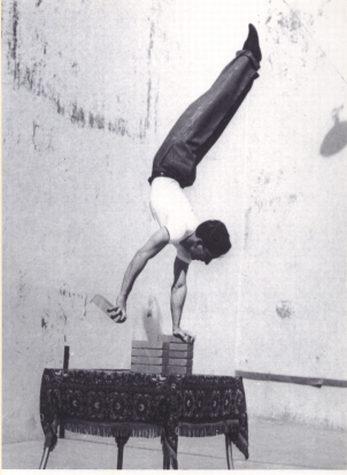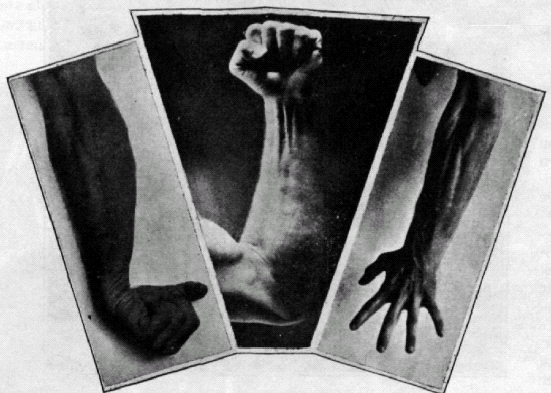This morning I woke up and did some Yoga. After about fifteen minutes I started my hand balancing practice as I’ve done every morning this week.
But I have to be honest with you, besides this week I haven’t done all that much hand balancing recently.
Life craziness plus an ongoing wrist injury have got in the way. This isn’t to say I’ve neglected all my training. Far from it. But hand balancing has taken a back seat.
Where I wanted to be at the end of 2009 is now actually further off then where I was at when this year just began.
However, that’s going to change. I’m now recommitted to regularly practicing hand balancing and taking my skills further.
In order to do this I have to go back. Back to the basics. In fact, at this point I’m not even working on a regular handstand. I’ve gone back to the various lead-up stunts found in the Secrets of the Handstand Quick Start DVD.
Right now even the frogstand is difficult. Any pressure on my right wrist is tough but its slowly getting better. Getting to that recommended minute mark is proving a trial but sometimes you have to go back in order to move forward.
But you know what, I’m excited about it. Assuming my wrist cooperates I know I’ll gain my skills back and quickly surpass them.
Have you been neglecting to practice like I was? Sometimes the fire that got us started down one road begins to flicker and die away. This can be because other more important things come around.
Or there are a wide variety of other reasons. Out of laziness you can let it go. Just drop your training like so many people do after that initial burst of practice (and this applies to so much outside of doing handstands). Years down the road you’re likely to regret that wasted time.
As the great Jim Rohn, who recently passed away, said “We must all suffer from one of two pains: the pain of discipline or the pain of regret. The difference is discipline weighs ounces while regret weighs tons.”
The thing is at any moment you do have the opportunity to rededicate yourself. Sometimes you just need a little outside motivation to do so. I got mine from an unlikely source. My hope is that reading this will spur you on.
In order to keep that motivation high you need to continually surround yourself with what it is you wish to accomplish. If you wish to excel at hand balancing visit this site over and over again.
Get with people who share the same passion. Read books and watch videos on the topic (and if you don’t have any what are you waiting for?)
For the reasons listed above and others I’ve haven’t added as much content to the site recently as I should have. But that’s going to change. There are some great things in store there especially when the new year rolls around.
But for now there is one thing I’d like to ask. There are a number of great hand balancers and acrobats out there reading this. If you’re one of them how would you like to share your tips, training and techniques?
If so, send in your articles and/or videos and we’ll grow the site to help more people together.
You can reply to this email or just send them to [email protected]. If you have any questions as far as what to talk about send those in too.
As always, thanks for your time.
Good Luck and Good Hand Balancing,
Logan Christopher














